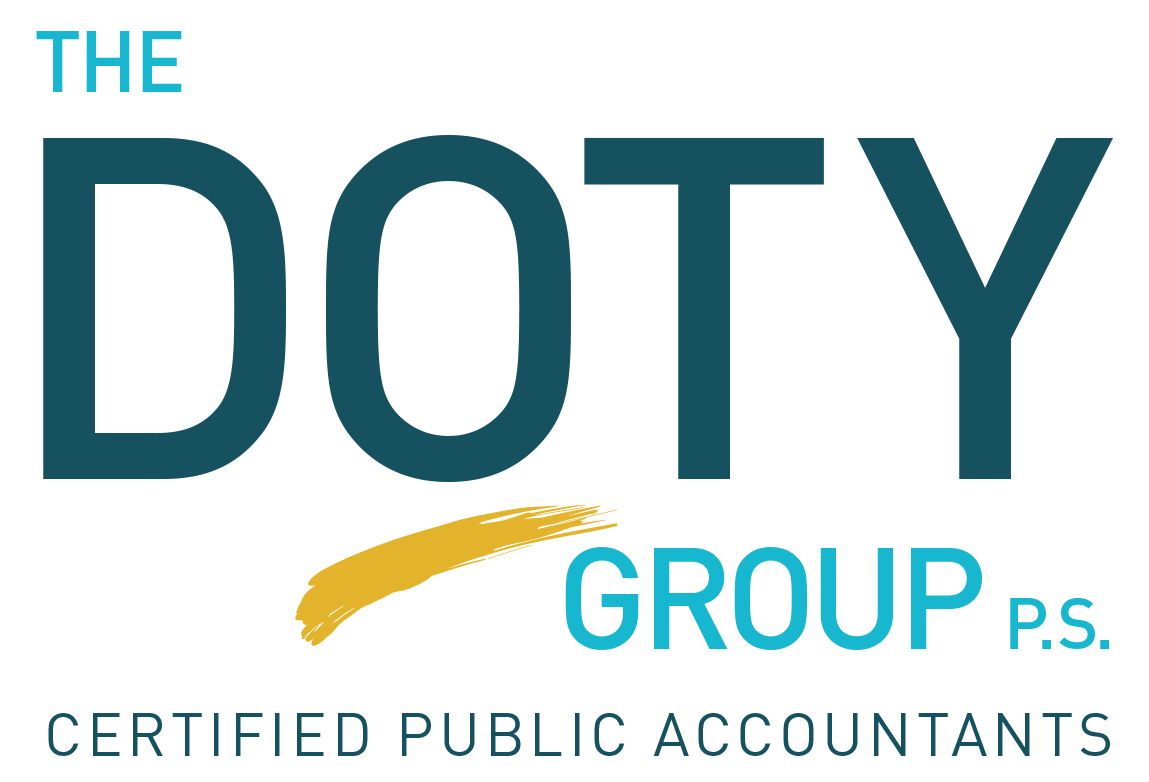TCJA Impact Update: Is It Time For A Chart of Accounts Adjustment?
By Alexandra Marler, CPA, MBA | January 20, 2020
What has changed?
Under the Tax Cuts and Jobs Act 2017 (TCJA) that Congress signed into law on December 22, 2017, the tax deductibility of business meals and expenses has been amended. Section 274 of the Internal Revenue Code (https://www.irs.gov/pub/irs-drop/n-18-76.pdf) and IRS Publication 463 (https://www.irs.gov/pub/irs-pdf/p463.pdf) provides further guidance, detail and exceptions on the treatment of expenses for certain meals & entertainment expenses.
In general, business meals are still treated as 50% deductible, but entertainment expenses are now treated as 0% deductible on your tax return. In 2018, with the new TCJA rules, it’s very likely that if you had not created two separate expense accounts, that your tax preparer asked for the breakout between meals and entertainment. With this significant change, now may be a good time to review your Chart of Accounts and possibly make changes.
What is the best way to move forward?
Aside from a suggestion to maintain two separate expense accounts – 1) Meals expense and 2) Entertainment expense; a company should consider a third account (100% Meals expense) to record meals that are 100% deductible. Although these expenses are commonly found in the Office Expense account, creating a third account could ensure that you are taking the correct write-off percentage for the right type of expense.
Use the following list as a general guide when determining what is deductible and which account to choose:
100% Meals or Office Expense or COGS
Office Holiday Party or Picnic
Meals Sold to a Client or Customer
Food offered to the Public for Free
Meals included as Taxable Compensation to Employee or Independent Contractor
Transportation to and from restaurant for business meal
50% Meals
Client Business Meals with current and potential clients, consultant or similar business contact
Meals During Business Travel
Meals in Office During Meeting of Employees, Stockholder, Agents, or Directors
Meals at a Seminar or Conference, or at a Business League Event
Meals and expense of employer operated eating facility provided for the Convenience of the Employer*
Meals provided to Employees Occasionally and Overtime Employee Meals, including onsite meals provided for the convenience of the employer*
Water, Coffee, and Snacks at the Office*
Meals brought in for staff meetings*
Entertainment, Amusement or Recreation Expense and N/D Meals (0% deductible)
Club Memberships
Lavish and Extravagant portion of business meals
Sporting Event Tickets*
Meals and Entertainment costs combined* (A separate receipt is needed for meals to be 50% deductible)
*Changes under new TCJA rules
Going Forward
How you choose to account for these changes will be determined by your circumstances, the needs of your company, and best practices that you want to implement. As a reminder, keep receipts to substantiate your business deductions and use sub-accounts on the Chart of Accounts only if you’re good at categorizing all expenses into the sub-category.
Additional Sources:
F1040 Quickfinder® Handbook Year 2018

